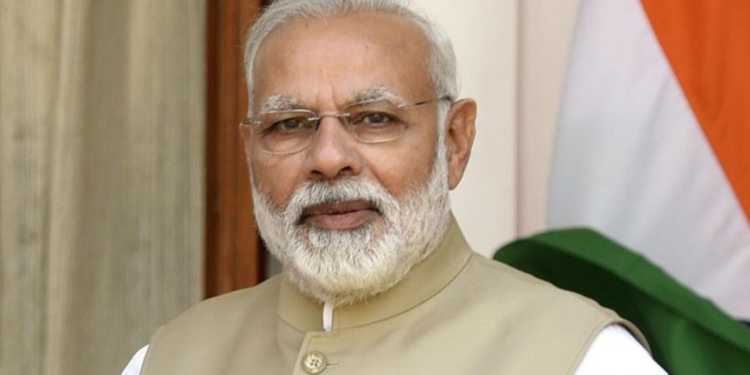It is a well-known fact that the term of UPA-II (2009-2014) saw one of the worst governments the country has ever had. The initial years of its rule were lampooned for corruption cases like the 2G scam, Commonwealth scam, Coal scam, Adarsh scam etc. In its last years, the economy of the country was in a very bad state with GDP growth slowing down and inflation rates soaring high. Investors’ trust in the Indian growth story was low and they were pulling money out of the market. However, in an interview with Swarajya magazine, PM Modi said the actual economic conditions at that time were much worse than they initially appeared.
The BJP promised to release a White Paper (an authoritative report or guide that informs readers concisely about a complex issue) on the state of Indian economy during and before the 2014 General Elections. The Modi government decided to not release the White Paper because it could have worsened the distress that the Indian economy was facing at the time. On the question of why the government didn’t make the white paper public, PM Modi said, “The details about the decay in the Indian economy were unbelievable. It had the potential to cause a crisis all over. In 2014, the industry was leaving India. India was in the Fragile Five. Experts believed that the ‘I’ in BRICS would collapse. Public sentiment was that of disappointment and pessimism. Now, in the midst of this, imagine a White Paper coming out giving intricate details of the extent of the damage. Instead of being a mollifier, it would be a multiplier of the distress.” Although he accepted that economic mismanagement by UPA was one of the key aspects of the BJP’s campaign agenda, he said, “In 2014, one of the key agendas of the BJP’s election campaign was highlighting the dismal management of the Indian economy, ironically under an ‘economist’ prime minister and a ‘know-it-all’ finance minister.”
According to the data regarding India’s economic growth in 2014, PM Modi is right. In 2014, the Indian economy was suffering from the worst slowdown in a decade, and GDP growth rate was lower than 5 percent for four straight quarters. In the first three quarters of the year, the GDP growth was 4.8 percent, 4.4 percent, and 4.8 percent respectively. The rating agencies were warning that “India’s sovereign rating could be downgraded to junk status next year if the government, in the run-up to the general election due by May 2014, does not take measures to revive reforms”. Girish Vanvari, partner, and co-head of Tax at KPMG in India said at that time, “persistent inflation and low investments due to policy inaction” are the key reasons for lower economic growth. The main reason for the slow economic growth was the policy paralysis under the UPA government, and since elections were nearby, the government was taking the inefficient populist decision to win elections. It was very evident at that time that the only aim of the Congress party was to win elections at any cost, even if it meant that they would hurt the interests of the nation for it.
The fact that people have started seeing through the opportunist tactics of the Congress is reflected by their performance in state elections over the past 4 years. The party is reduced to merely 3 and a half states. If they continue will not put ‘Party First’ and Nation ‘Second’, Congress-Mukt Bharat will become a reality sooner rather than later.































